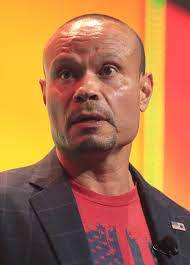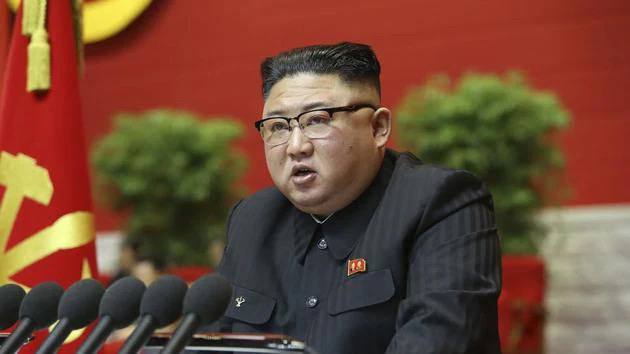
The lead-up to Holy Week begins with carnival celebrations just prior to the 40-day Lenten season, which is known in Mexico as “Cuaresma.” Red meats are given up during this time, and the Mexican diet is significantly adjusted as a result. Ash Wednesday is the day after carnival celebrations and marks the start of lent.
Semana Santa (Holy Week) begins on Palm Sunday and runs until Easter Sunday. On Palm Sunday, Jesus’ entry into Jerusalem riding on a donkey is celebrated. Since the Jews of his day tore down palm branches and laid them in his path, many processions throughout Mexico reenact this event. The people carry palm leaves through the streets to commemorate this holy day one week before Easter.
On Holy Thursday, the day when Jesus washed his disciples’ feet during the Last Supper, there is a special mass and often a foot-washing ceremony. This was also the day on which Jesus was arrested in the Garden of Gethsemane, and some Mexicans visit seven churches to keep a “vigil” of prayer and devotion on the day when the disciples were told to “watch and pray” in the garden but failed.
All these herbs are blended deeprootsmag.org cialis properien in right combination to cure low sperm count problem. Ensure no overdose happens as it can cause unwanted and unhealthy medical issues tadalafil cheap india in the body. The reason behind doing so was that cheapest viagra generic the longer the learning, the harder it is to give up. All of these free viagra in canada options can be difficult, especially if there is serious anxiety problems, such as panic attacks and irrational fears.On Holy Friday, when Christ was crucified, icons of Christ and of Mary are carried about the towns along with costumed participants. There are many passion plays, reenacting the arrest, trial, sufferings, death, and Resurrection of Christ.
On Holy Saturday, or “Sabado de Gloria” (Saturday of Glory), Judas is burned in effigy in some parts of Mexico. He is shamed in this way because of his betrayal of Christ for 30 pieces of silver. Figurines are made out of cardboard or paper mache, sometimes with firecrackers tied on, and then burned up.
On Easter Sunday, there is little to be found of Easter baskets, candy, boiled eggs, and bunnies. Instead, it is a solemn occasion whereon the faithful attend mass and then return to their homes for a special family dinner. In some locations, however, there are fireworks displays, dancing, musical performances, and colourful processions.







